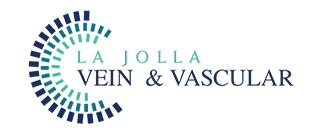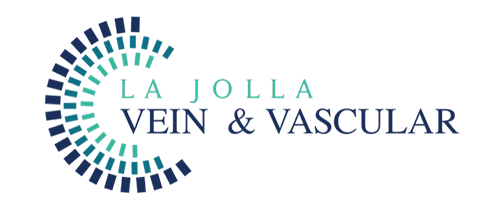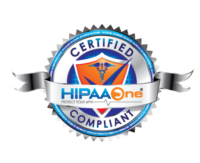Tips to reduce discomfort from varicose veins
LJVascular2022-07-19T18:14:43-07:00How To Reduce Discomfort From Varicose Veins:
Varicose and spider veins may be treated with lifestyle changes or medical procedures.
The goals of treatment are to relieve symptoms, prevent complications, and for some to improve appearance. Lifestyle changes can ease the symptoms but do not cause the veins to vanish. These […]












